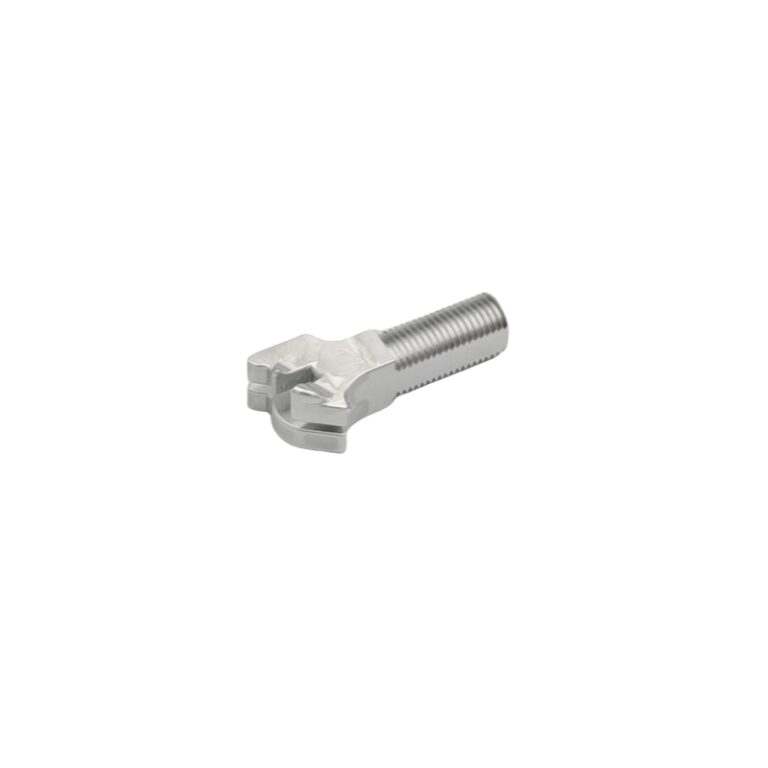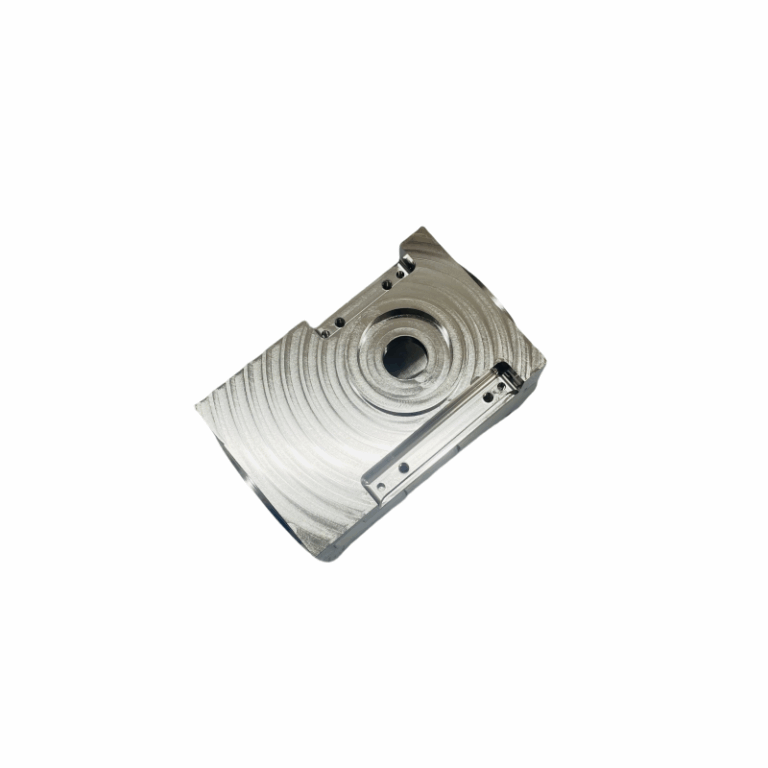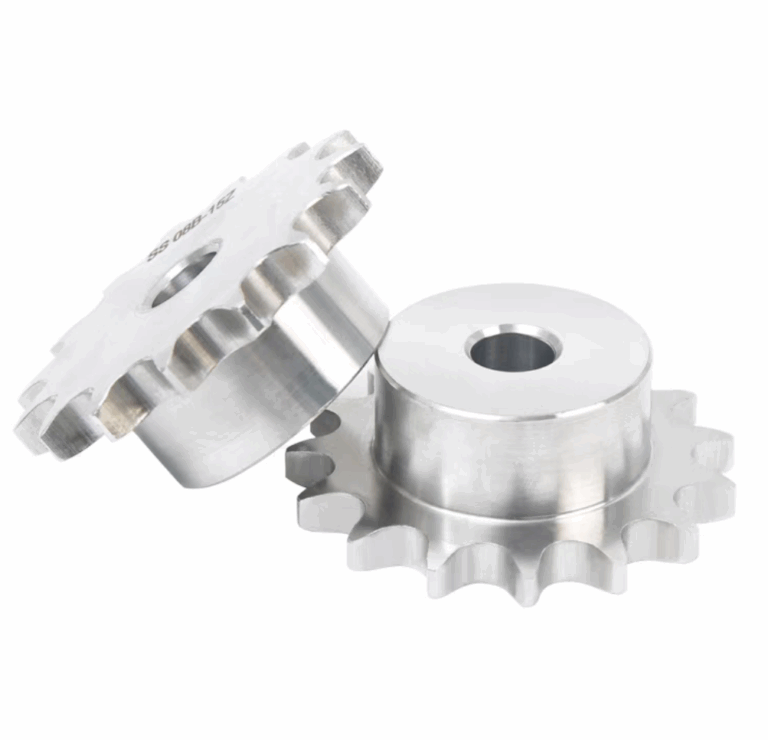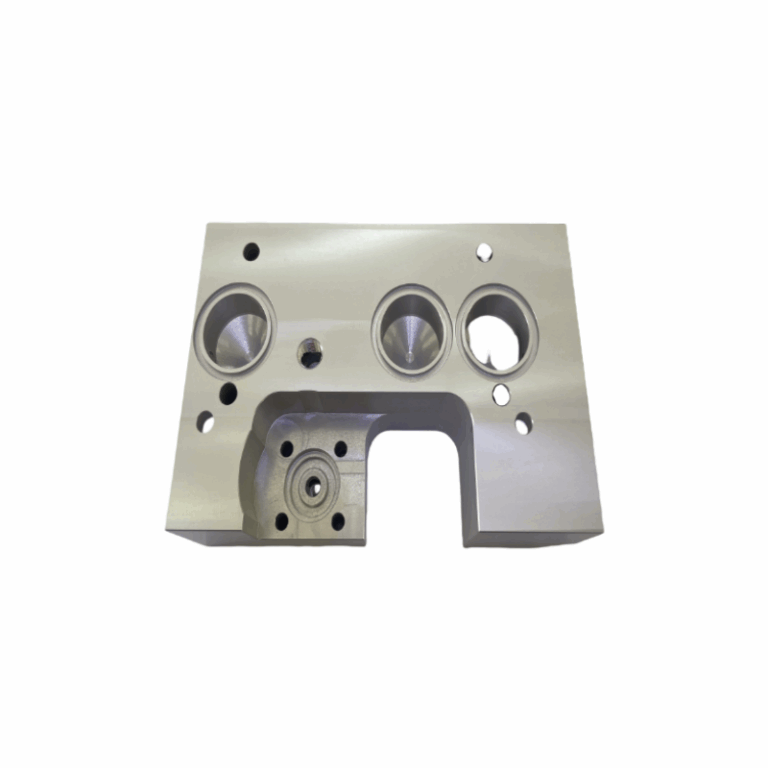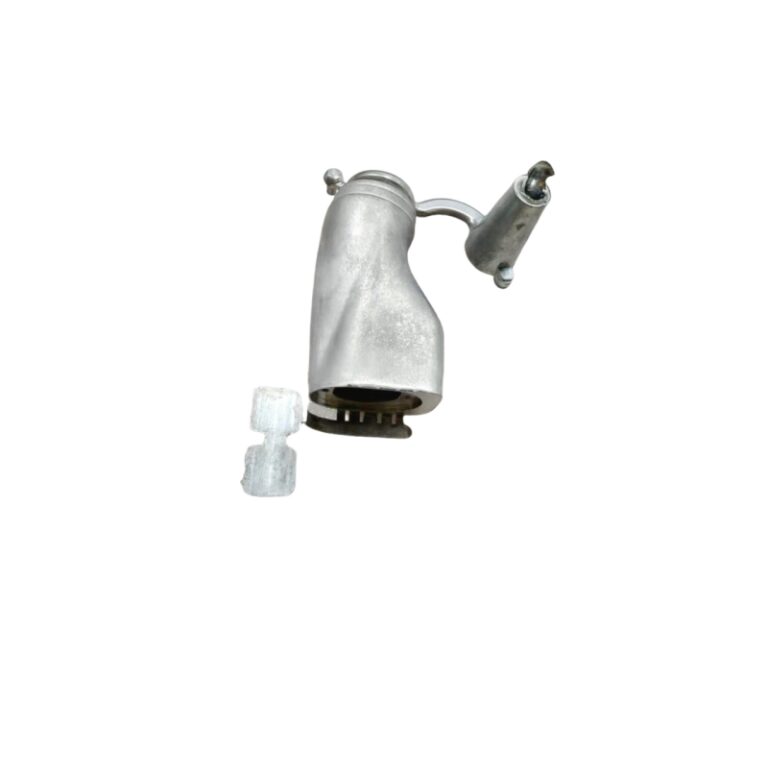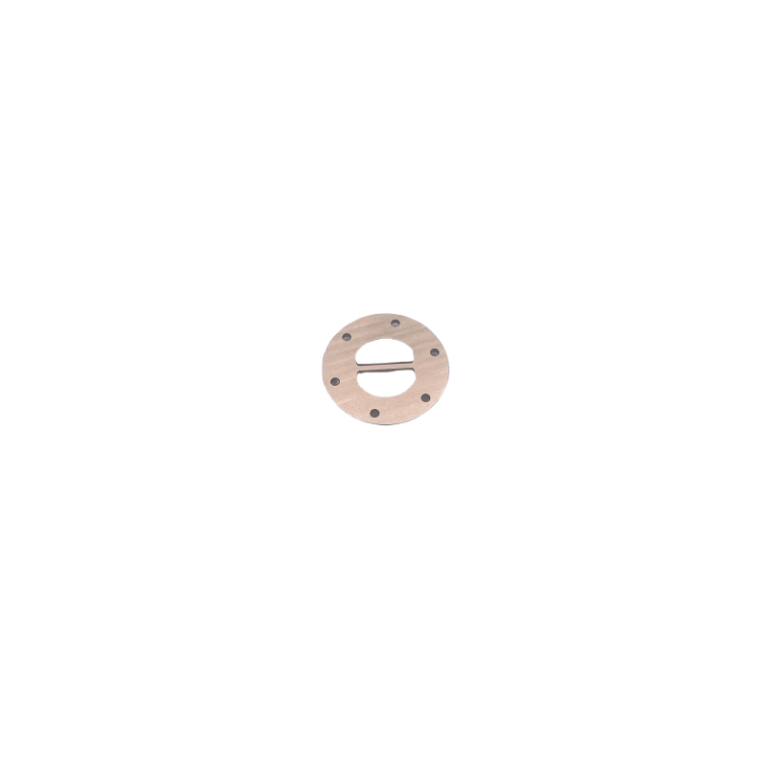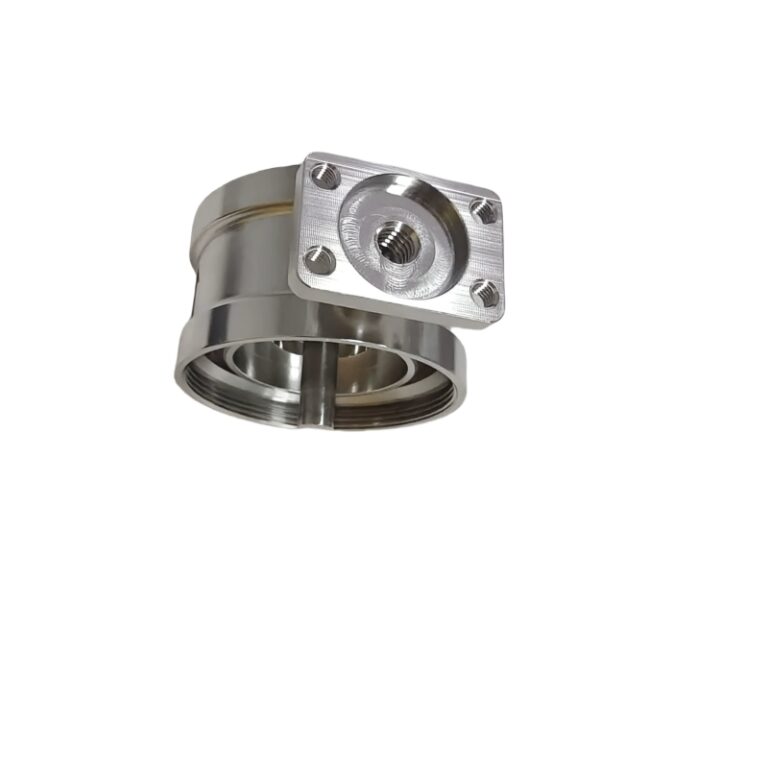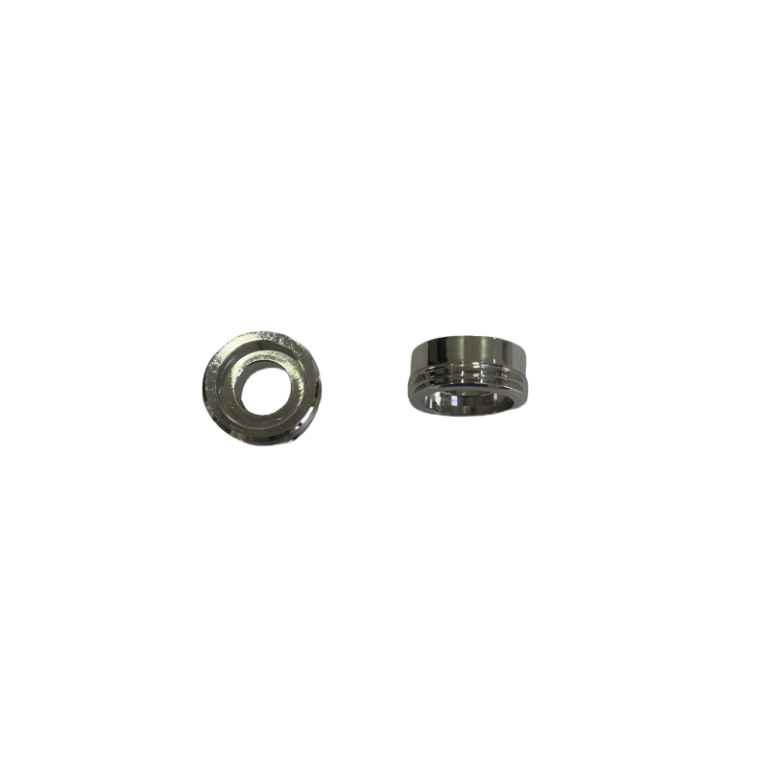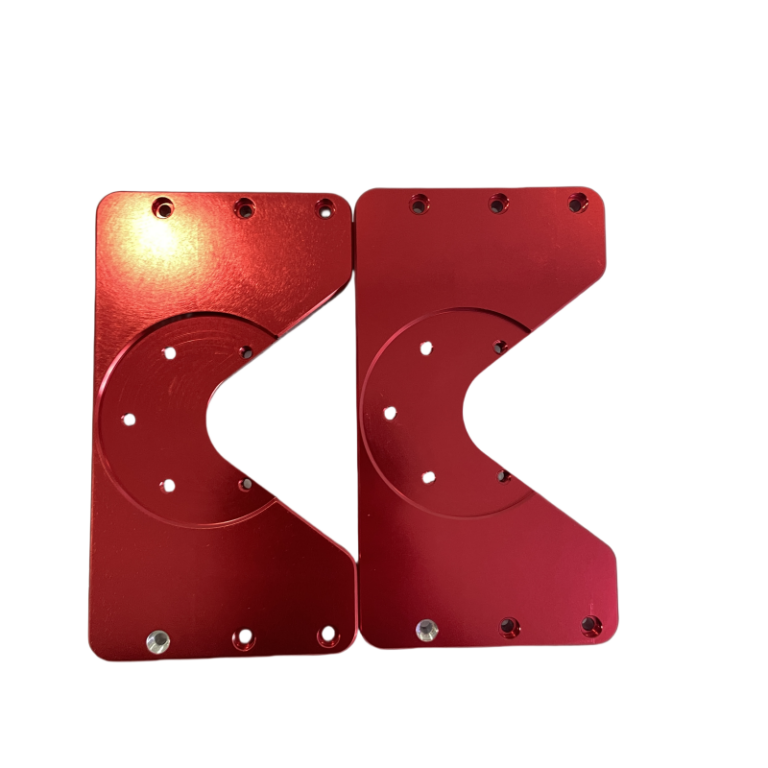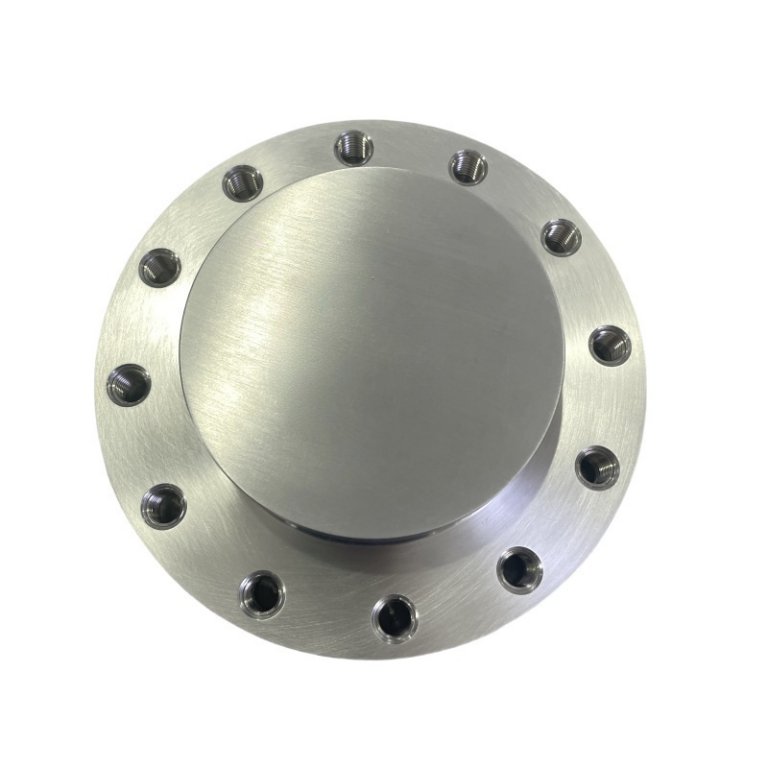In the era of rapid development, innovation is the core driving force for social progress and corporate growth. The importance of prototype machining, as a key link that transforms creativity and concepts into specific products, is self-evident. This article aims to discuss CNC prototype machining: from its definition, process, and skills to its advantages, and comprehensively analyze the important links in this innovation process.
Definition and significance of prototype machining
Definition: Prototype Machining usually uses computer-aided design (CAD) software and computer CNC machine tools (CNC) to cut accurately and process materials to create models similar to the final product. It can be used to test product design and performance and make necessary modifications and improvements. Prototype machining is widely used in industries such as rapid manufacturing, automobiles, aerospace, medical equipment, and consumer goods.
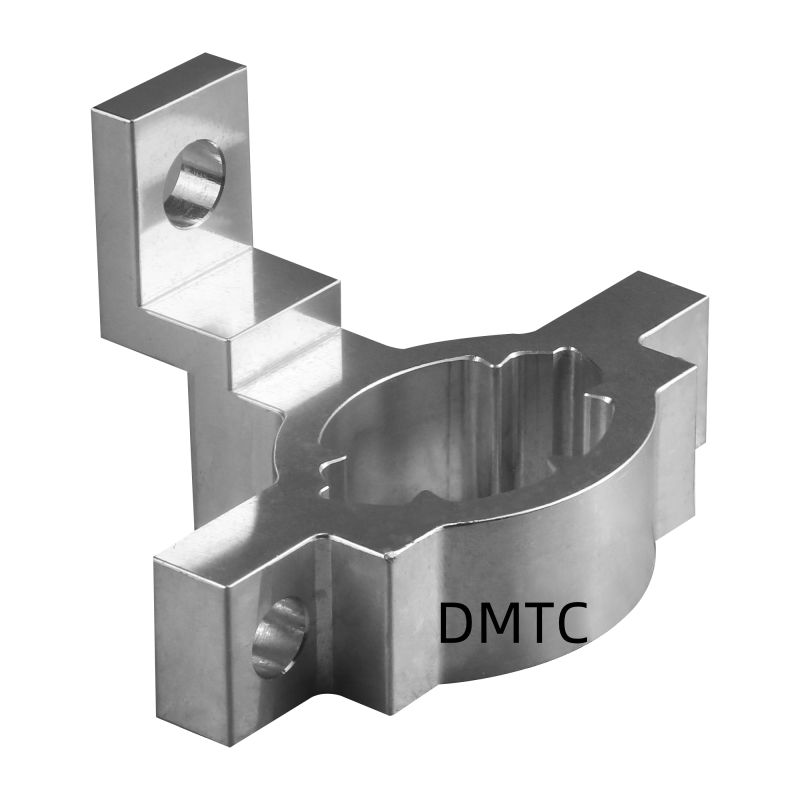
Significance:
- Reduce risk: Through the prototype, you can find and solve potential problems before actual production, and avoid major mistakes after large-scale investment.
- Promoting communication: As an intuitive expression of the prototype, it helps team members, customers, and stakeholders to better understand the product vision and reduce misunderstandings.
- Accelerate iterative: Prototype production encourages rapid trial and error and iterations so that products can quickly respond to market changes and user demand.
- Improve user experience: Through the user testing prototype, you can collect feedback and optimize product design to ensure that the final product meets user expectations.
CNC prototype machining process
Prototype machining is not an overnight process, but the steps need to be carefully planned and executed. The following is a typical prototype machining process:
- Clear demand and goals: First of all, you need to clearly define the core functions, target users, and expectations of the product. This stage usually involves market research, user portrait construction, and demand analysis.
- Design stage: You need to complete the initial design of the product through hand-drawn, CAD design software or other auxiliary tools. The focus of this stage is to determine the requirements of the product size, appearance,and function.
- Manufacturing stage: Machining according to the design drawings. The focus of this stage is to choose the right material.
- Review and feedback: After the prototype is completed, the team members, customers,and potential users should be organized for review and testing.By collecting feedback, the necessary adjustments, and optimizing the prototype.
- Iteration and improvement: Based on the results of the review, carry out multiple rounds of iteration and continuously improve the prototype. This process may involve the adjustment of the design plan, the increase or decrease of the functional module, or the optimization of the technical implementation.
- Final confirmation and delivery: When the prototype reaches the expected effect and is fully tested, the final confirmation and delivery to the development team can be performed for follow-up development.
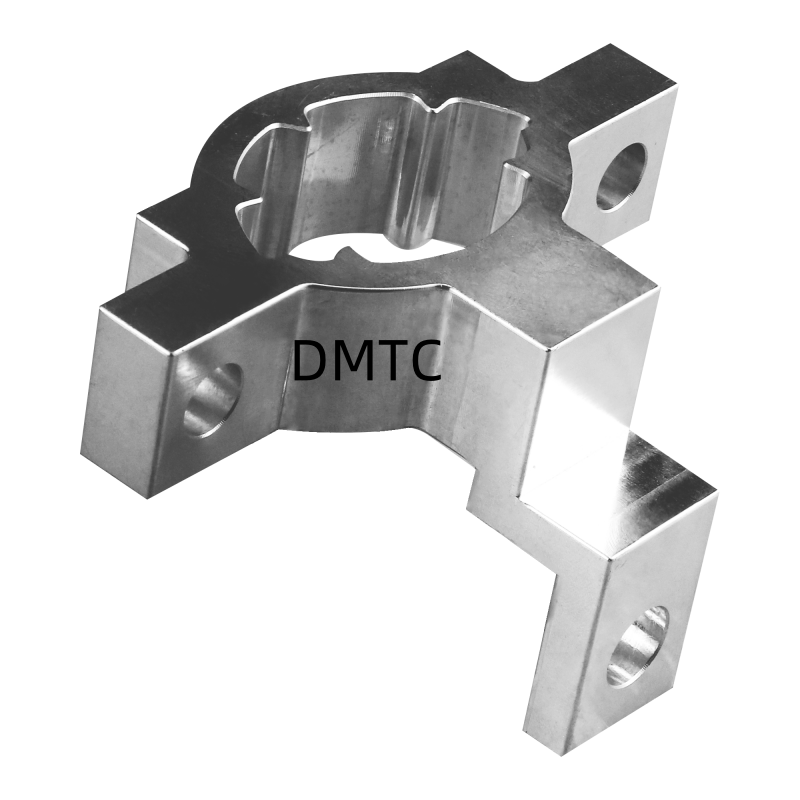
CNC prototype machining tips and precautions
Tips:
- Simplicity: In the machining of prototypes, try to avoid excessive details and redundant information, so that users can quickly understand the core functions and operation processes of the product.
- Pay attention to interaction: Interaction is an important part of prototype machining. By simulating the real user operating scene, the reasonable availability of the design can be more effectively verified.
- Flexible strain: Prototype machining is a continuous iteration process. During the production process, a flexible attitude should be maintained, and it is ready to adjust and optimize according to feedback.
Precautions:
- Clarify the goal: Before making the prototype, the product’s goals and user needs must be clarified.This helps avoid losing direction or deviating from the theme during the production process.
- Pay attention to details: Although the prototype does not need to be as perfect as the final product, the implementation of key details is essential for verification and design.
- Timely communication: During the production process of the prototype, timely communication with team members, customers, and potential users should be maintained. This helps discover and solve problems in time and avoid unnecessary delays and misunderstandings.
The advantages of CNC prototype machining
- Improve product quality: Through prototype machining and testing, you can discover and solve potential problems before the product is formally developed, thereby reducing the failure rate and maintenance cost after the product listing.
- Accelerate product development cycle: Prototype production encourages fast trial and error and iteration, making the product development process more flexible and efficient. Continuously optimizing and improving the prototype can accelerate the product’s listing speed.
- Enhance market competitiveness: Through prototype machining, enterprises can respond to market changes and user needs faster, and launch new products that meet market trends and user needs. This helps enhance the market competitiveness of the enterprise and win more market share.
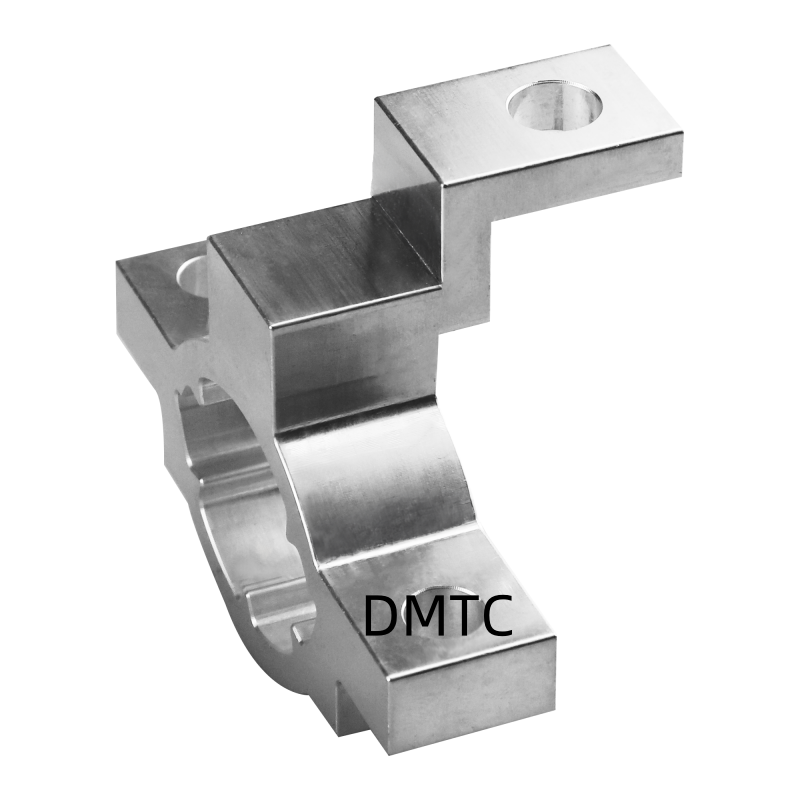
DMTC prototype machining service
In DMTC, we allow various high-quality metal materials, including aluminum, steel, titanium, and even rare alloys. Our experienced teams can help customers choose materials correctly according to the target application, performance characteristics, and budget restrictions. Whether it is CNC machining or laser cutting, our experienced technicians carefully build each component in the entire manufacturing process and follow strict quality standards and tolerances. Quality guarantee is essential for DMTC. To this end, our special quality control team conducts strict and thorough quality tests at each stage of manufacturing to ensure that the prototype reaches the highest accuracy, durability, and performance standards. Whether it is a single prototype or a small number of samples, we can ensure quality and timely delivery.
Conclusion
Prototype machining is an important part of digital product design. It not only helps reduce risks, promote communication, accelerate iteration, and improve user experience but is also a key force in promoting product innovation and market competition. In future development, with the continuous progress of technology and the continuous changes in the market, the importance and value of prototype production will be more widely recognized and valued.

